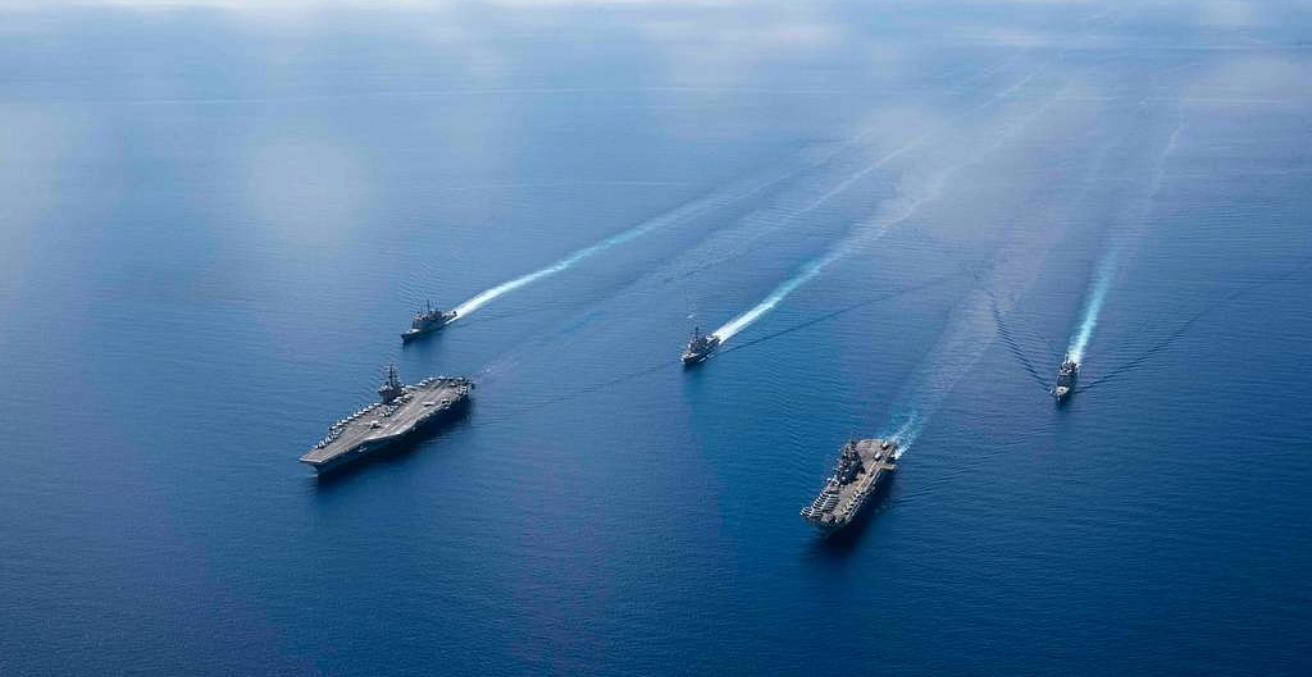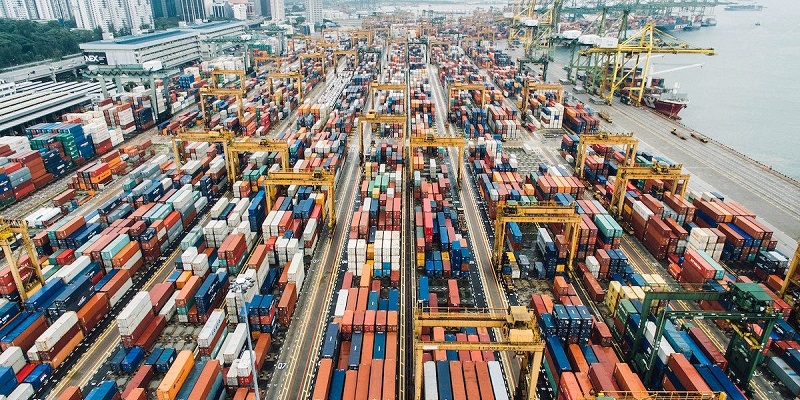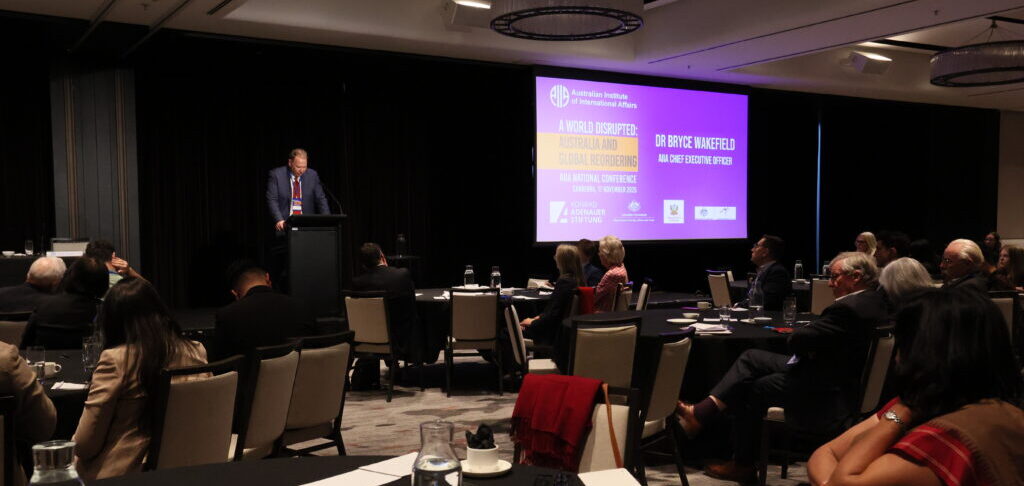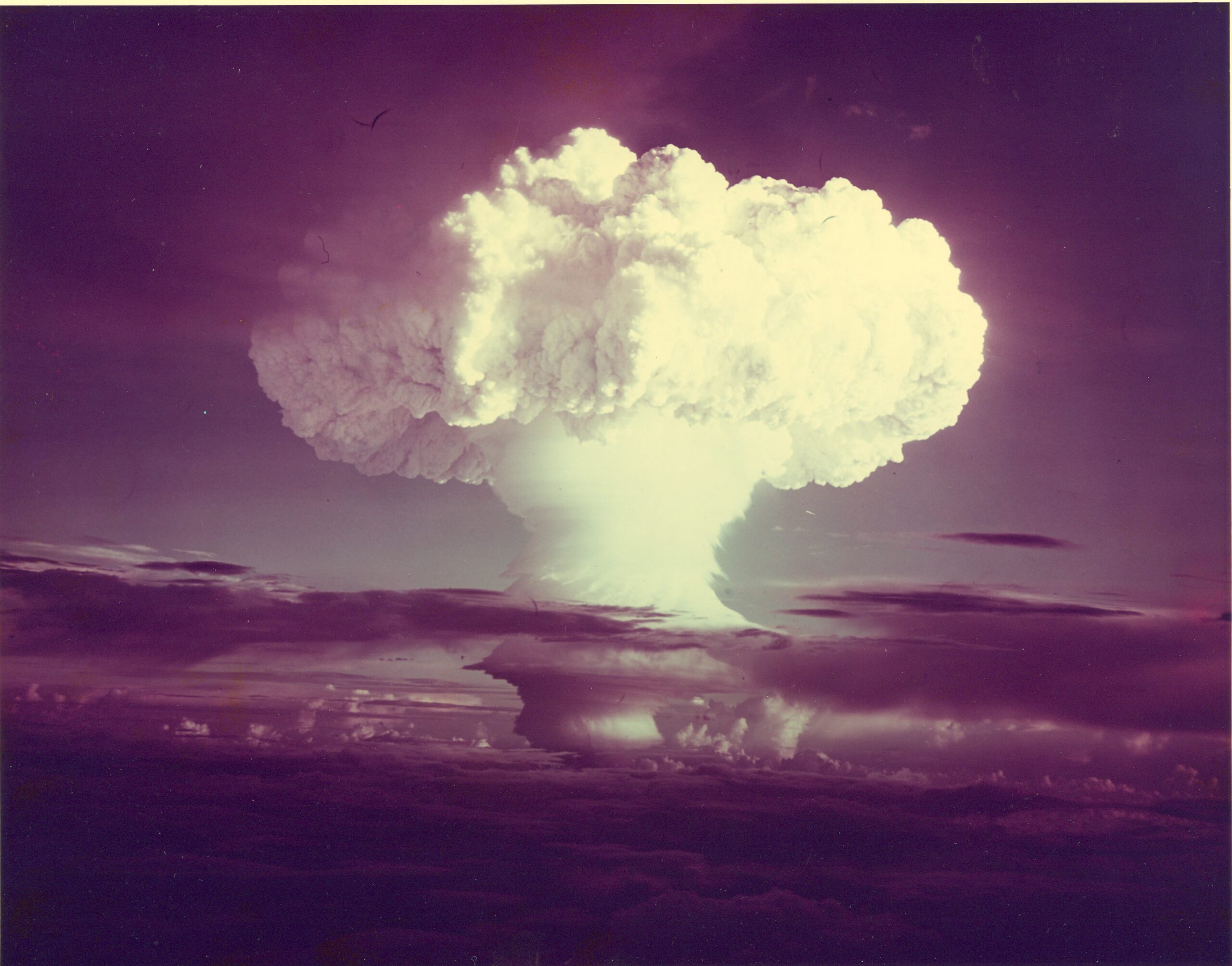A new maritime chessboard is emerging across the Indian Ocean. Over the past decade, China has transformed several African ports into strategic outposts. What began as trade-focused infrastructure under the Belt and Road Initiative has evolved into a network of dual-use facilities with both commercial and military potential.
At the forefront is Djibouti, where China established its first overseas military base in 2017, located just a few miles from the US Camp Lemonnier. Positioned at the Bab el-Mandeb Strait, a chokepoint through which nearly ten percent of global oil flows, the base grants Beijing critical surveillance and logistical capabilities. Since its establishment, the base has supported PLA Navy operations, including anti-piracy missions and amphibious training exercises, signalling a shift toward power projection. Further south, Tanzania’s Bagamoyo Port and Kenya’s Lamu Port underscore China’s ambitions across the western Indian Ocean. Though Bagamoyo was suspended in 2019 amid sovereignty concerns, the project’s blueprint remains an ongoing strategic ambition for Beijing.
China’s strategic ports in Africa: from commerce to control
China’s port investments along Africa’s eastern seaboard are part of a broader plan to embed influence at key maritime chokepoints. The Djibouti base enables far-seas naval operations and intelligence reach. Kenya’s Lamu Port, while not Chinese-controlled, holds strategic potential as a future logistics hub aligned with Beijing’s maritime ambitions. Other reports suggest interest in Equatorial Guinea’s Bata Port, Sudan’s Port Sudan, and Mozambique’s Nacala, indicating a westward expansion of China’s Indian Ocean footprint.
These ports offer China access to vital transit routes and reinforce its capacity to sustain long-range naval deployments. The combination of civilian infrastructure with military potential—known as dual-use facilities—grants the PLA Navy flexibility in both peacetime and contingency operations. This growing footprint represents a subtle yet steady attempt to lock in strategic leverage across one of the world’s busiest maritime corridors.
Together, these facilities provide China with a triangulated presence across the Red Sea, Horn of Africa, and Mozambique Channel—impacting vital Indian trade and energy routes. They also provide Beijing with the means to gather maritime intelligence, secure sea lines of communication, and possibly influence regional political calculations.
India’s ocean strategy: recalibrating amid encirclement
India’s response is strategic and distributed. Under the SAGAR (Security and Growth for All in the Region) doctrine, India promotes inclusive maritime development and regional stability. Rather than build permanent bases, India pursues access agreements. It is upgrading Agalega Island (Mauritius), maintaining interest in Seychelles’ Assumption Island, and enjoying naval access to Oman’s Duqm Port. Since 2017, mission-based deployments have ensured near-continuous presence in the Gulf of Aden.
These deployments allow the Indian Navy to maintain a forward presence in key hotspots while avoiding the political baggage of foreign bases. They also improve responsiveness to humanitarian assistance and disaster relief operations, anti-piracy missions, and regional crises. For example, during the 2023 Sudan crisis, the Indian Navy swiftly launched Operation Kaveri to evacuate over 3,800 Indian and foreign nationals. Similarly, India’s proactive anti-piracy patrols in the Gulf of Aden have ensured the safe passage of thousands of merchant vessels over the past decade. This mobile posture reinforces India’s reputation as a reliable first responder in the region.
India also prioritises multilateral cooperation. It hosts the Milan naval exercise and participates in engagements like IBSAMAR (with Brazil and South Africa) and La Pérouse (with Quad plus navies). Coordination with France has deepened, with joint patrols near Réunion Island under a logistics agreement.
Such engagements are not only tactical, they are political statements of alignment and trust. They underscore India’s growing capability to coordinate complex maritime missions and signal its intention to lead from within regional frameworks rather than dominate them.
In 2023, India launched an expanded outreach through its Information Fusion Centre, Indian Ocean Region (IFC-IOR), collaborating with East African coastal states on maritime domain awareness, hydrography, and port call diplomacy. The IFC-IOR serves as a hub for sharing real-time data, boosting early warning capacity, and deterring illegal maritime activities such as trafficking, Illegal, Unreported and Unregulated (IUU) fishing, and piracy.
While China’s approach emphasises large-scale infrastructure development, India is constructing a maritime presence that places greater emphasis on trust-building, transparency, and regional alignment. In a space increasingly shaped by port politics, India’s focus on utility over ubiquity signals a long-term commitment to maritime stability.
Indo-African Arc: diplomatic realignment
India’s diplomatic vision is evolving into an Indo-African maritime arc. The Asia-Africa Growth Corridor (AAGC), co-developed with Japan, aims to offer transparent, locally owned alternatives to China’s model. Though still aspirational, it signals India’s strategic intentions. India’s engagement in the Indian Ocean Rim Association (IORA) further anchors its presence through initiatives on disaster relief, fisheries, climate resilience, and blue economy development.
India’s hydrographic cooperation with Kenya—through naval surveys, nautical chart hand‑over, and personnel training—as well as similar support for EEZ surveillance in Tanzania, all reinforce a partnership‑driven maritime presence. In Madagascar, Comoros, and Mozambique, Indian assistance in capacity building and climate adaptation has strengthened India’s maritime diplomacy by projecting it as a credible development partner
Beyond government initiatives, India’s increasing outreach through Track 1.5 and Track 2 dialogues demonstrates a broader understanding of strategic influence. Narratives of South-South cooperation, shared colonial histories, and inclusive development resonate deeply across African coastal nations.
India’s strategy diverges from China’s in both intent and execution. While Beijing favours physical infrastructure, India offers capacity building and cooperative frameworks. This appeals to regional states increasingly wary of debt diplomacy. The emphasis on skill-sharing, maritime governance, and local ownership reflects India’s confidence in a more horizontal model of engagement.
Should India opt for counterbalance or coexistence?
As China deepens its Indian Ocean presence, India must remain agile. It is not matching China port-for-port but building coalitions, enhancing indigenous capability, and advancing a maritime order rooted in rules and reciprocity.
Strategic cooperation with France, the US, Japan, and Australia—including the India-France-Australia trilateral—widens India’s operational theatre without hard alignments. Domestically, initiatives like Make in India and institutions like the Naval Innovation and Indigenization Organisation foster autonomy and modernisation. These reforms enhance India’s ability to sustain blue water operations and reduce dependency on foreign suppliers.
Strategic horizons beyond the harbor
The evolving maritime landscape in the western Indian Ocean is more than a competition over ports; it is a contest over norms, access, and the architecture of regional security. China’s approach, anchored in infrastructural assertiveness and long-term presence, represents a significant shift in Indian Ocean geopolitics. India, in contrast, is building a decentralised yet durable framework of partnerships, access agreements, and institutional trust.
India’s strategy is not merely reactionary; it is rooted in its vision of a free, open, and inclusive maritime space. By blending strategic realism with normative commitment, India offers coastal African states and island nations an alternative that emphasises sovereignty, sustainability, and shared development.
This layered maritime engagement, ensures that India remains a credible and constructive player in the region.
In the long run, strategic patience may prove more effective than infrastructural ambition. While China’s port-led strategy seeks control through presence, India is cultivating influence through principles. As regional nations assert agency and seek balanced partnerships, India’s maritime model could become not only preferable but indispensable.
Moreover, the Indian Ocean’s future will not be determined solely by naval strength or economic muscle, but by who can foster the most resilient and inclusive partnerships. The contest is as much about ideas as it is about assets. India’s model, grounded in cooperation rather than coercion, is increasingly well-suited to the aspirations of coastal African nations navigating a multipolar maritime environment.
If the Indian Ocean is to remain a space of peace, prosperity, and pluralism, it will require leadership anchored in legitimacy and cooperation. In choosing that path, India may well secure more than maritime advantage-it may shape the very character of the Indo-African seascape for decades to come.
Dr Amit Kumar Singh is a researcher in International Relations with core specialisation in India’s foreign policy, Indo-Pacific studies, maritime security and geopolitics.
This article is published under a Creative Commons License and may be republished with attribution.





